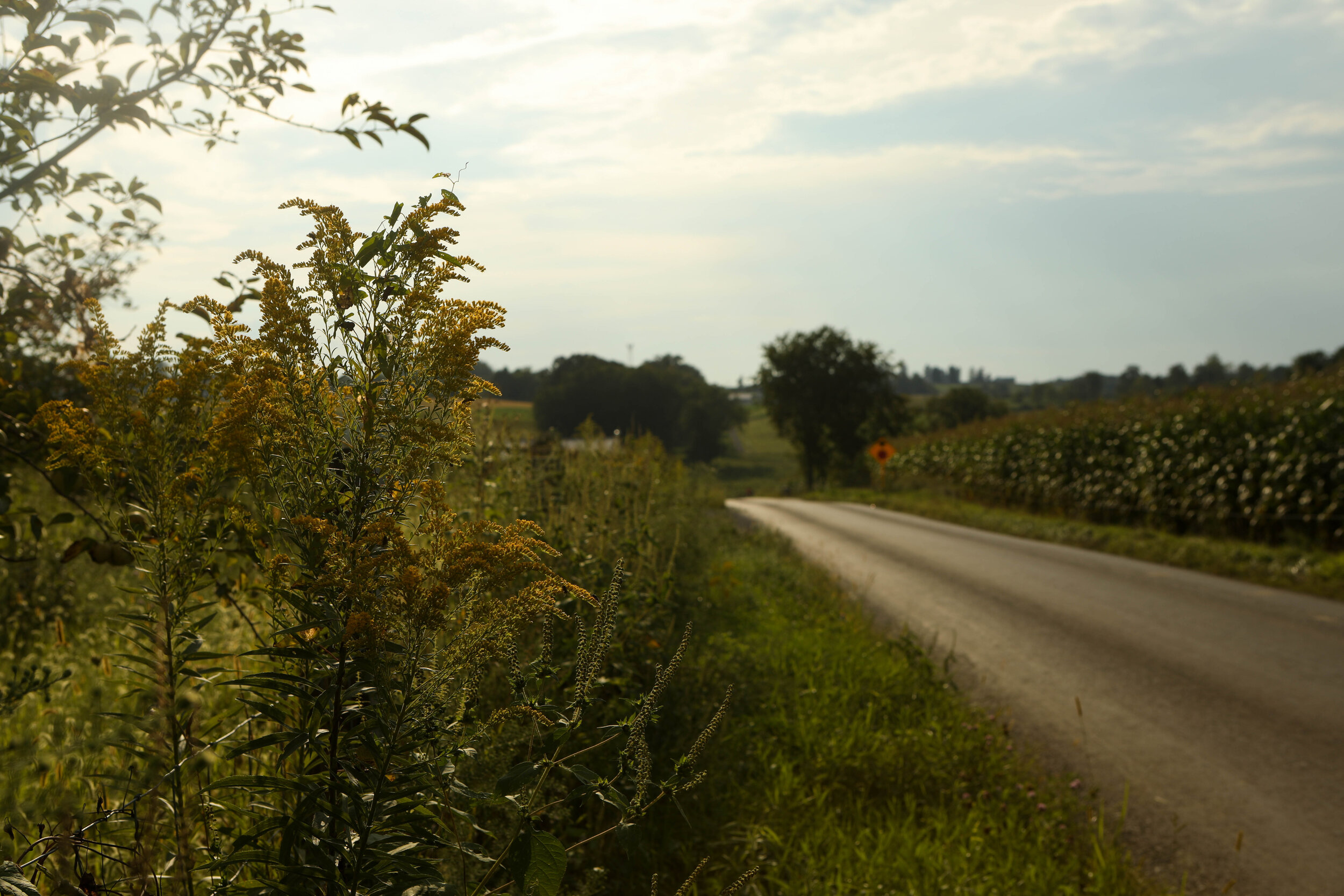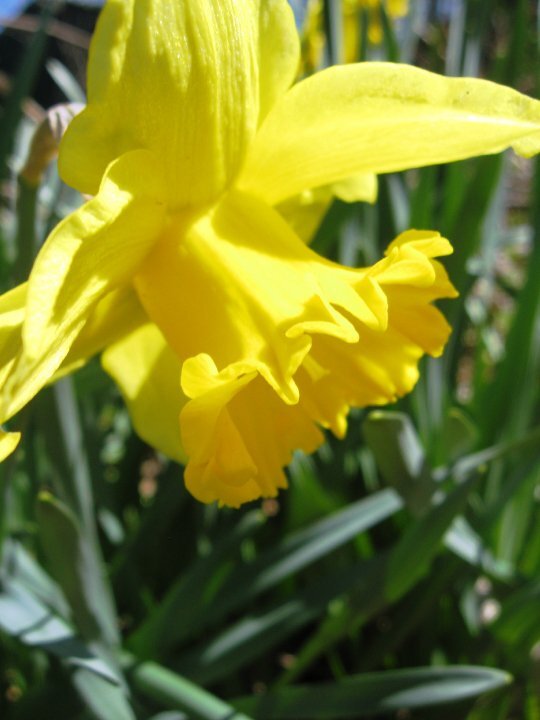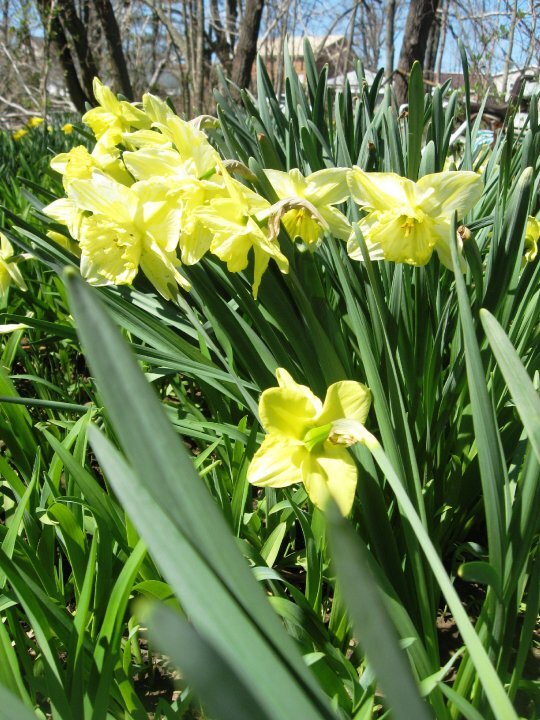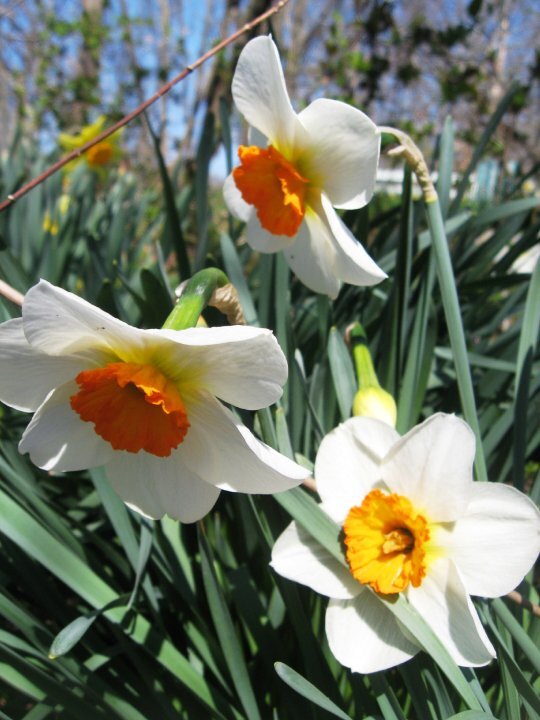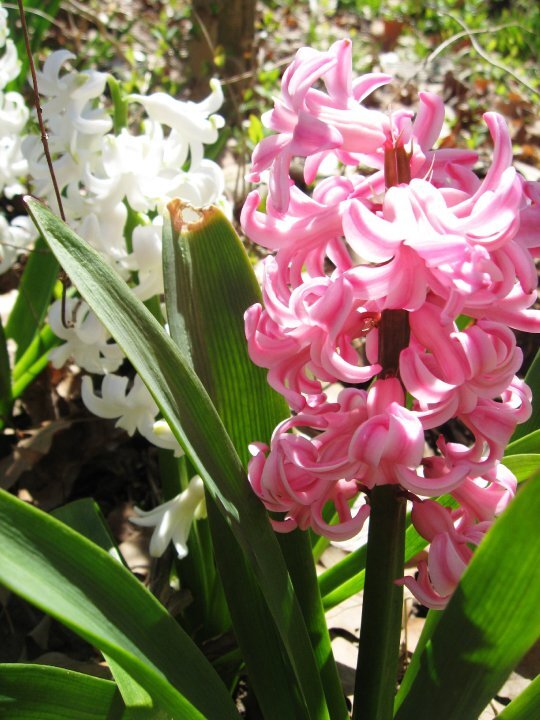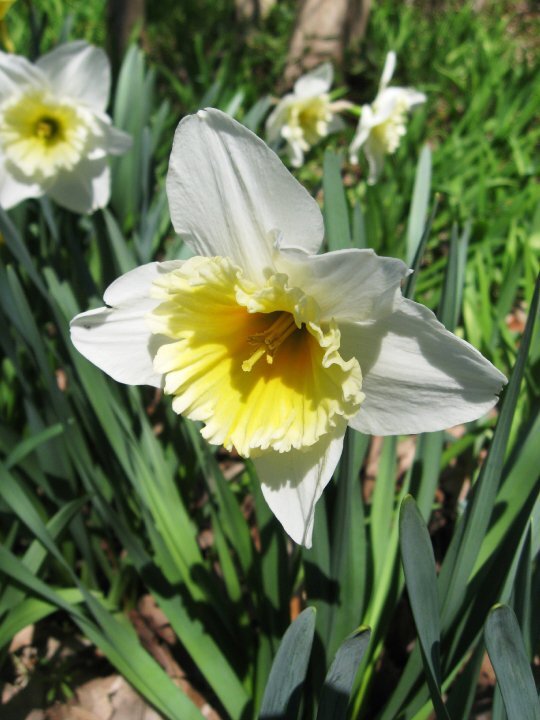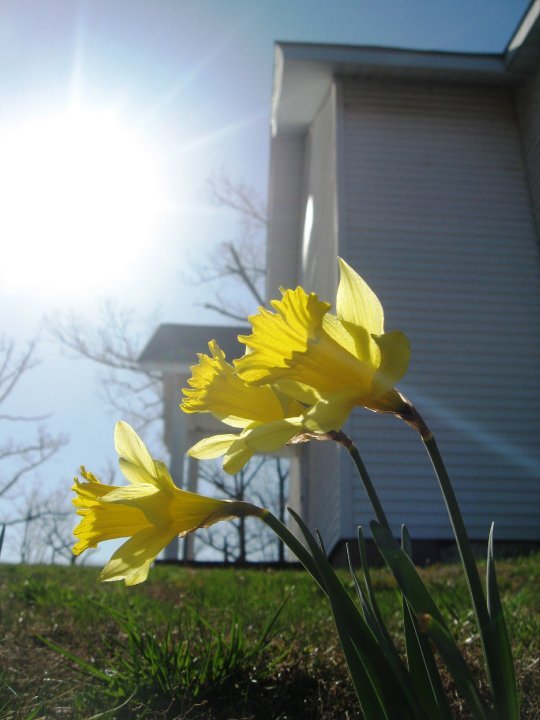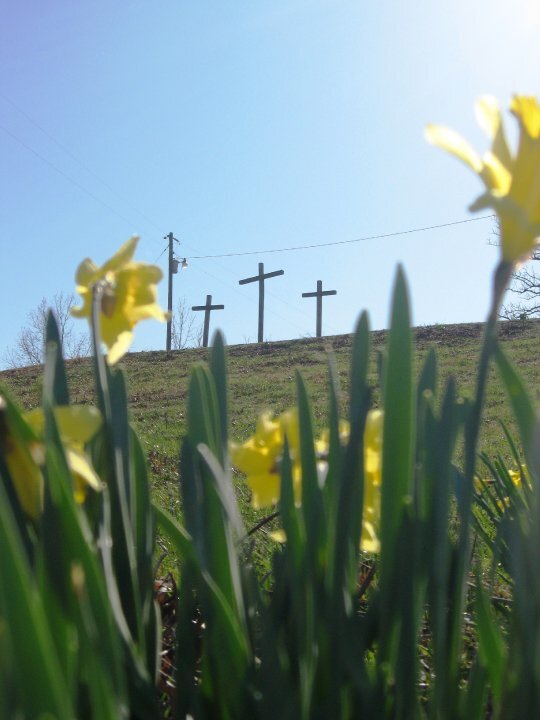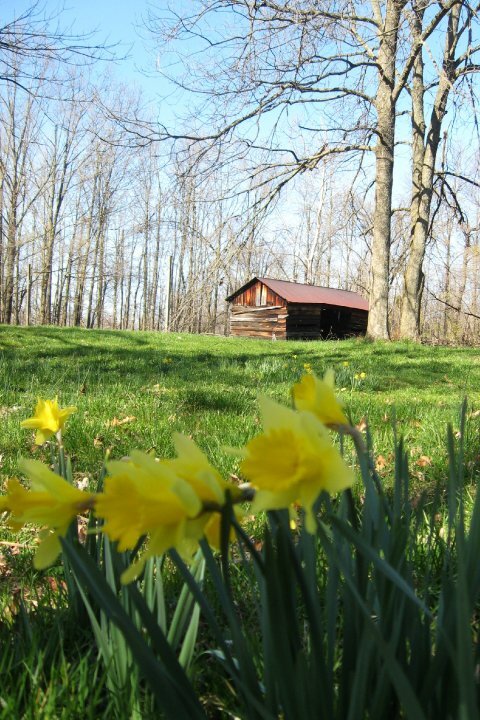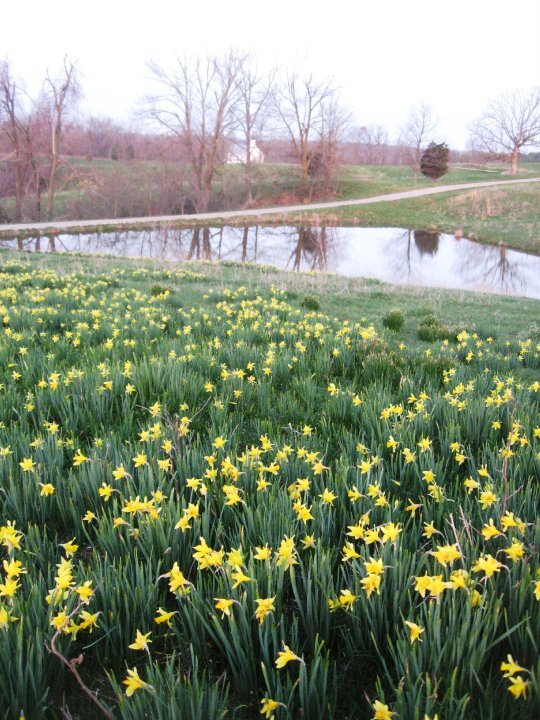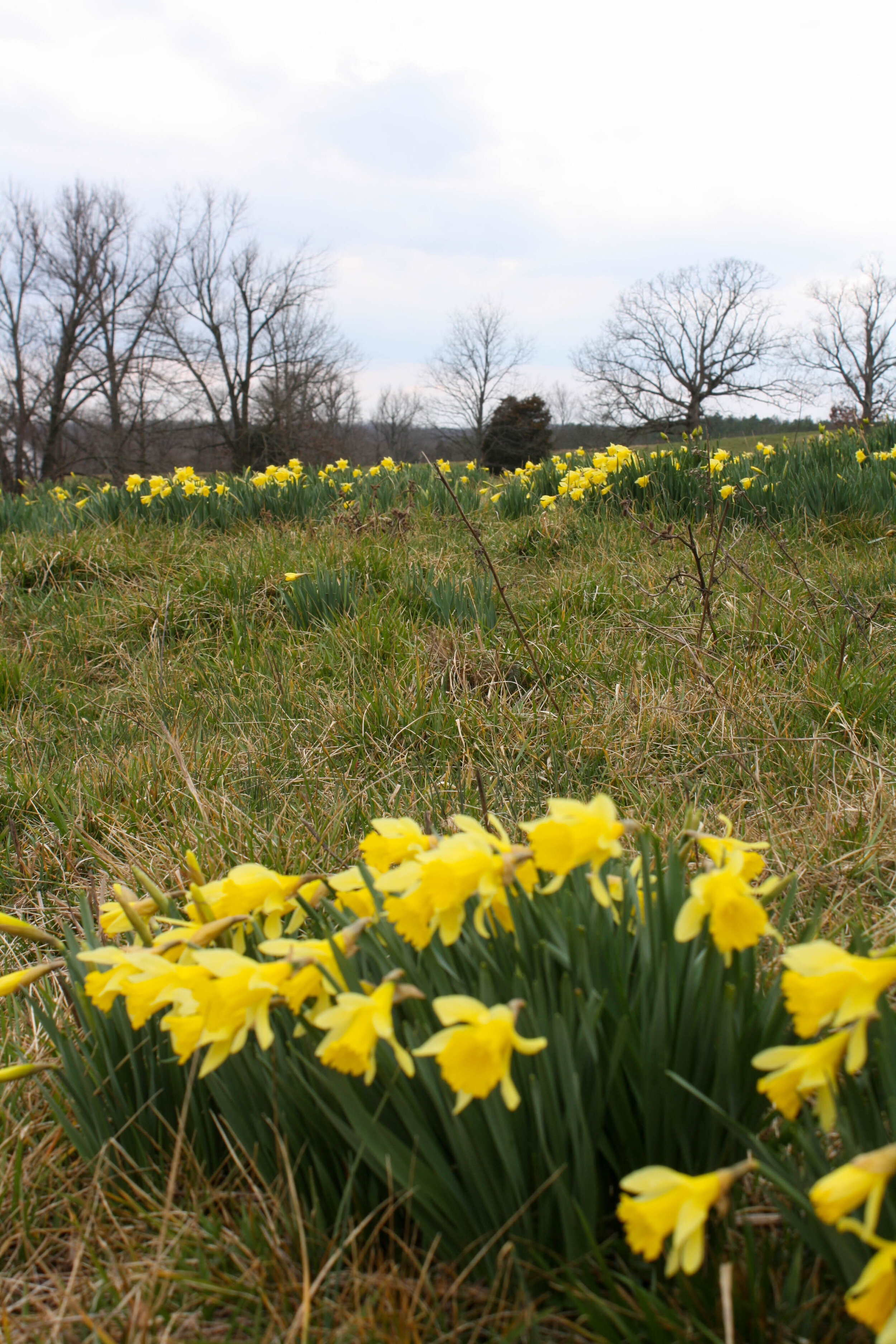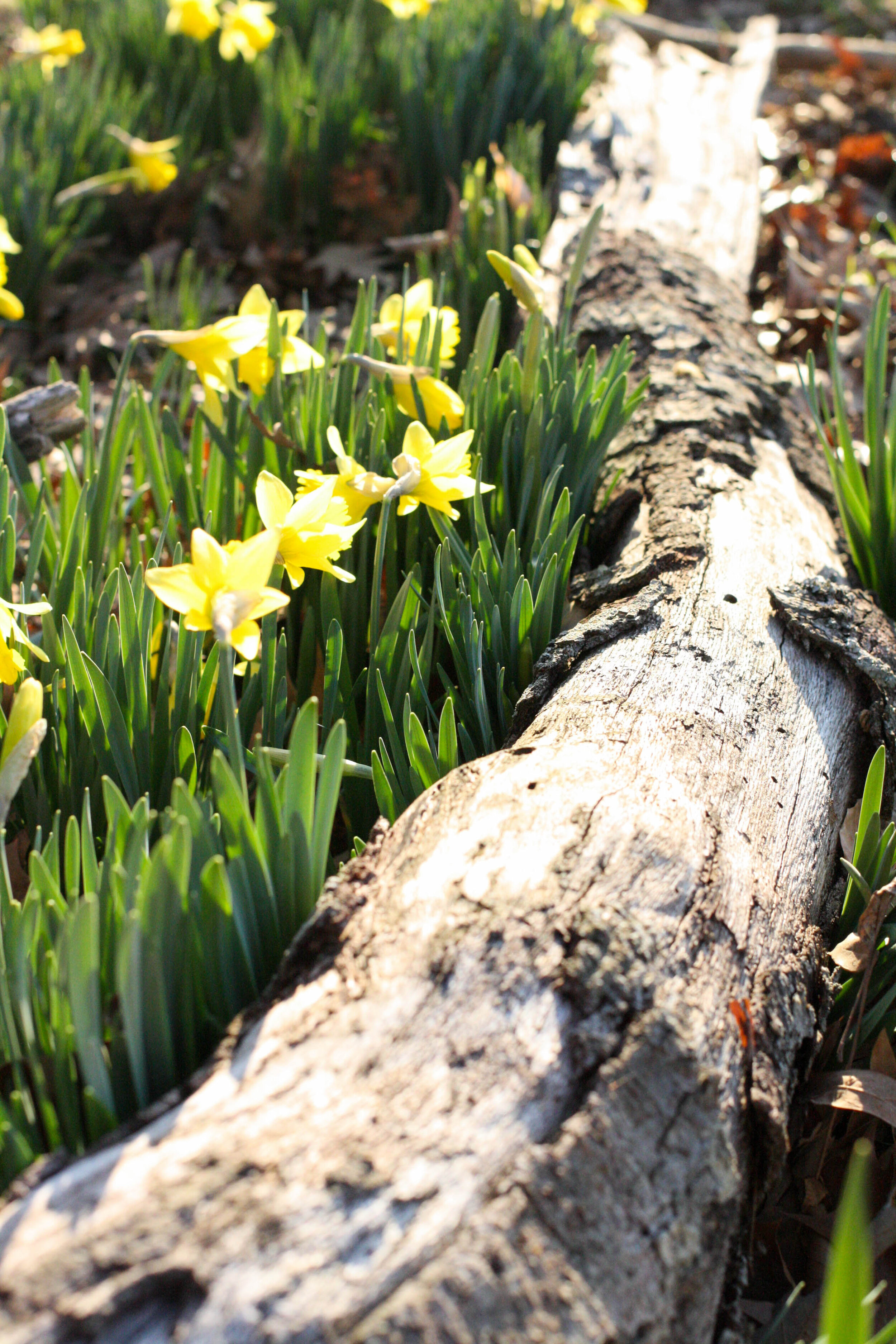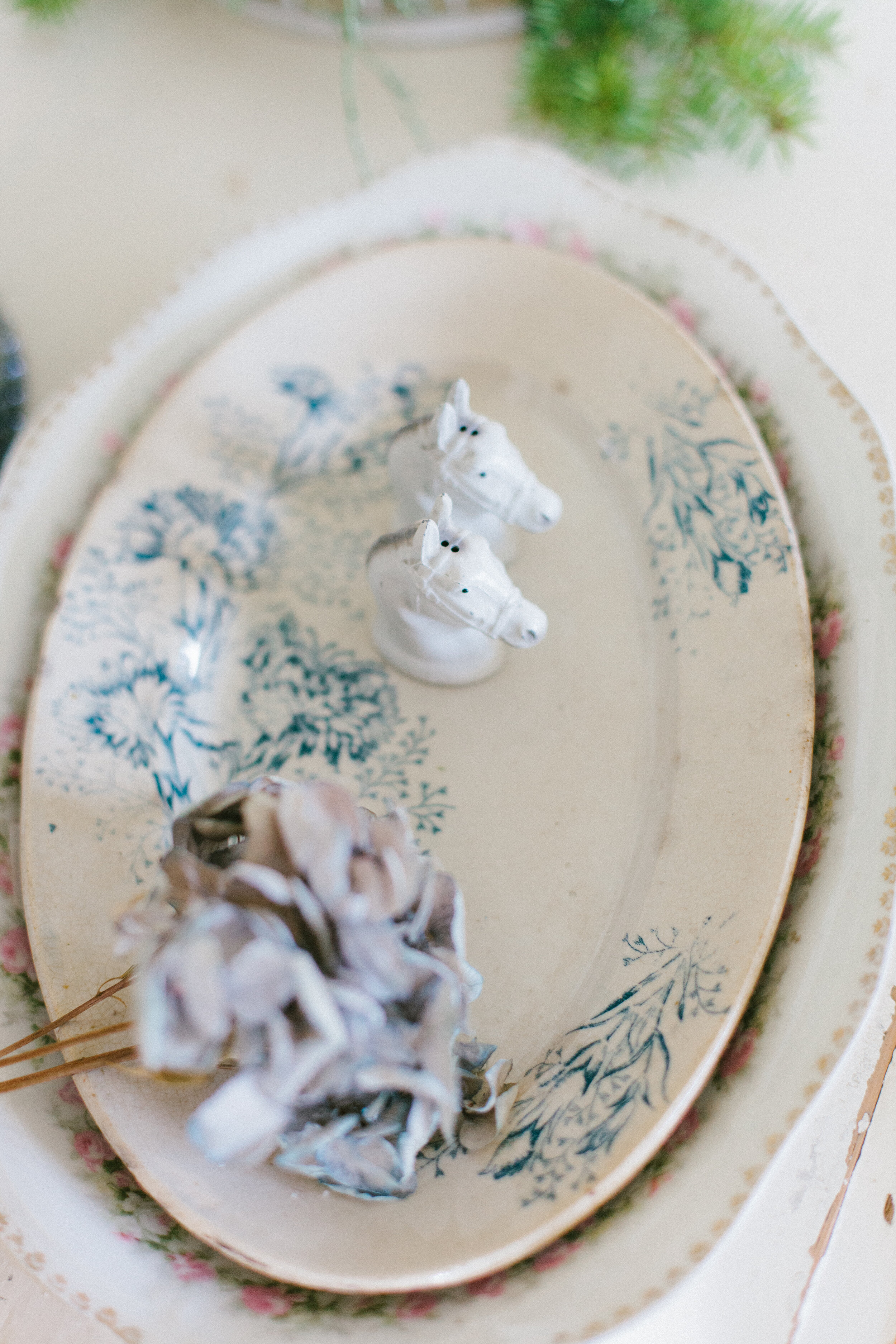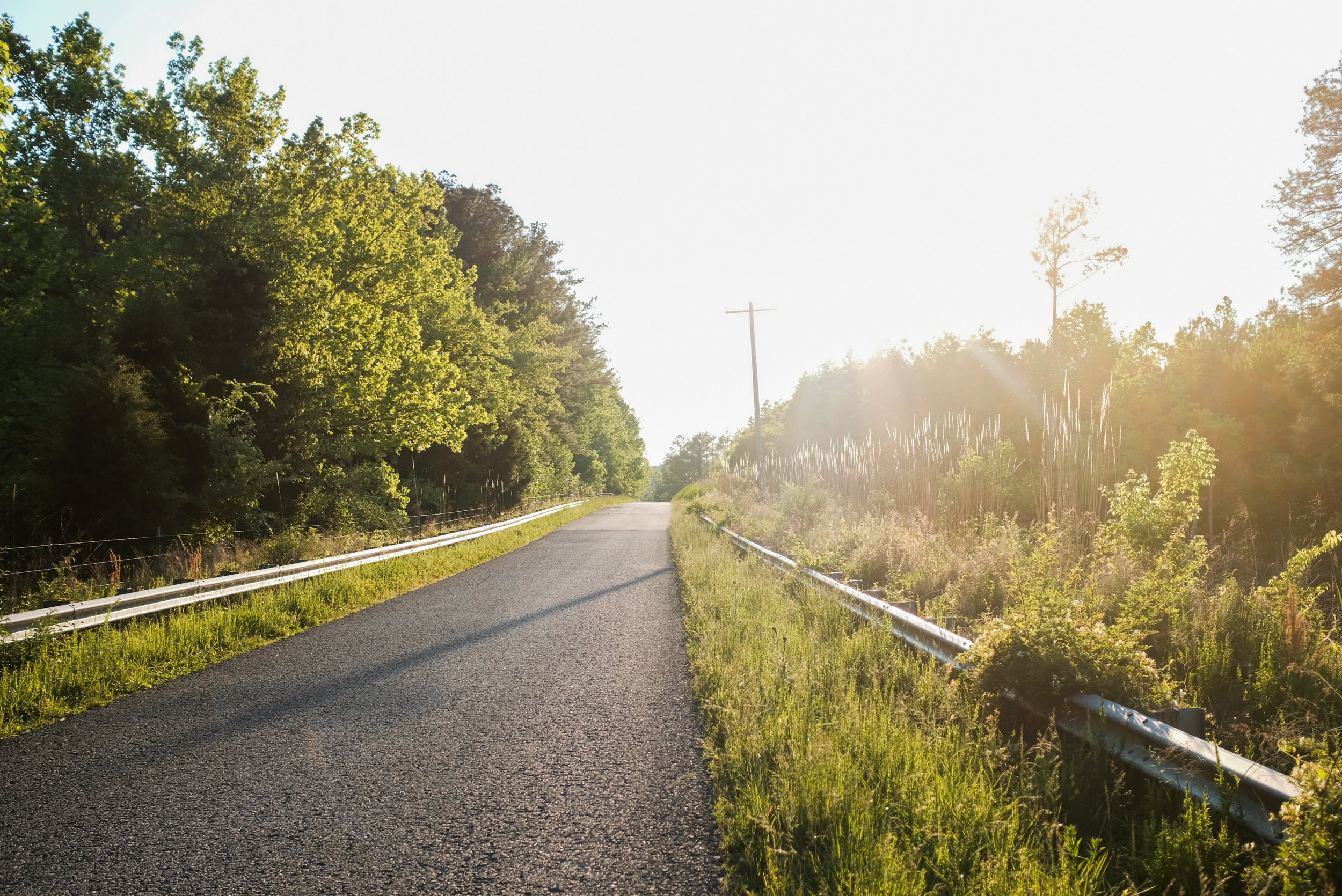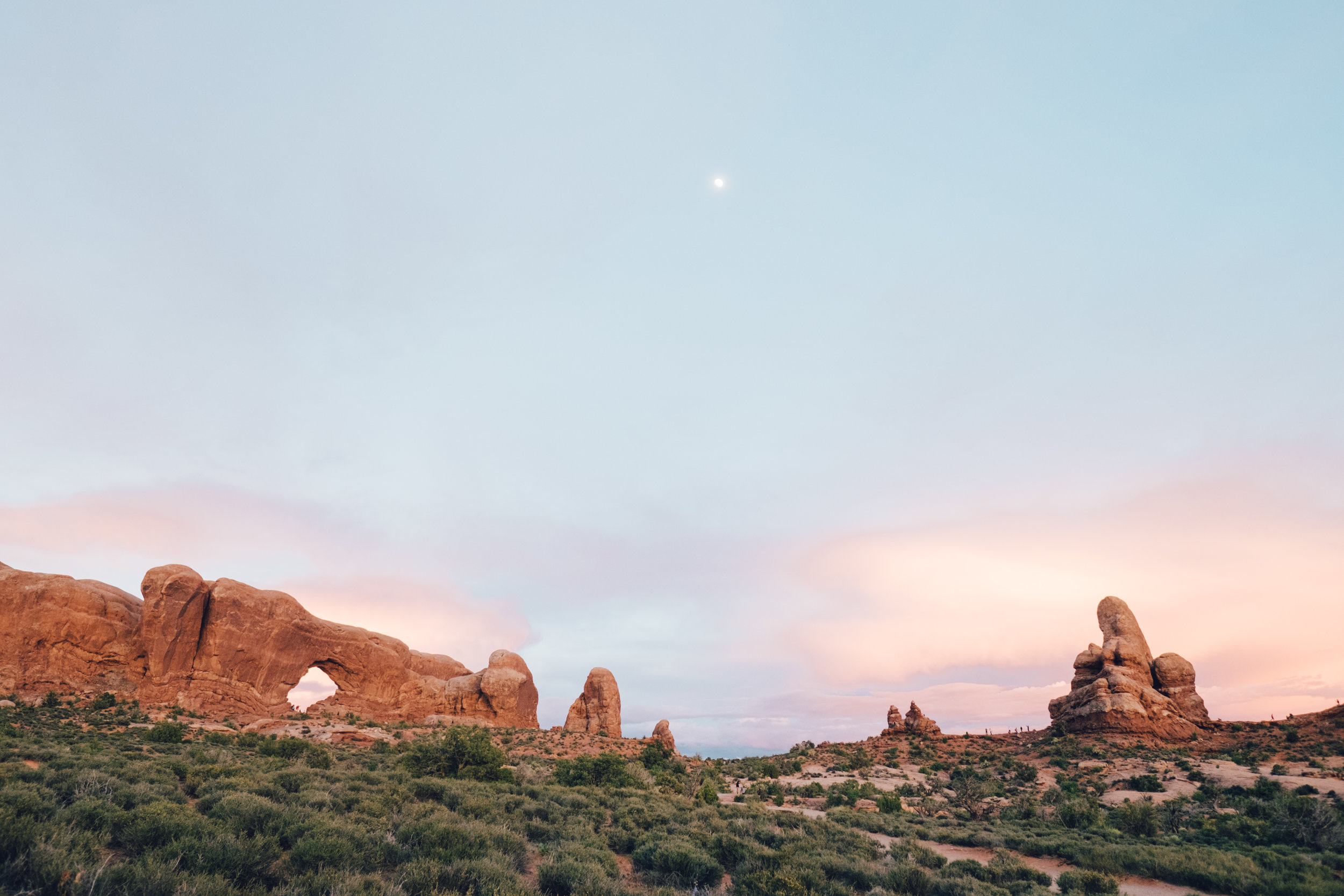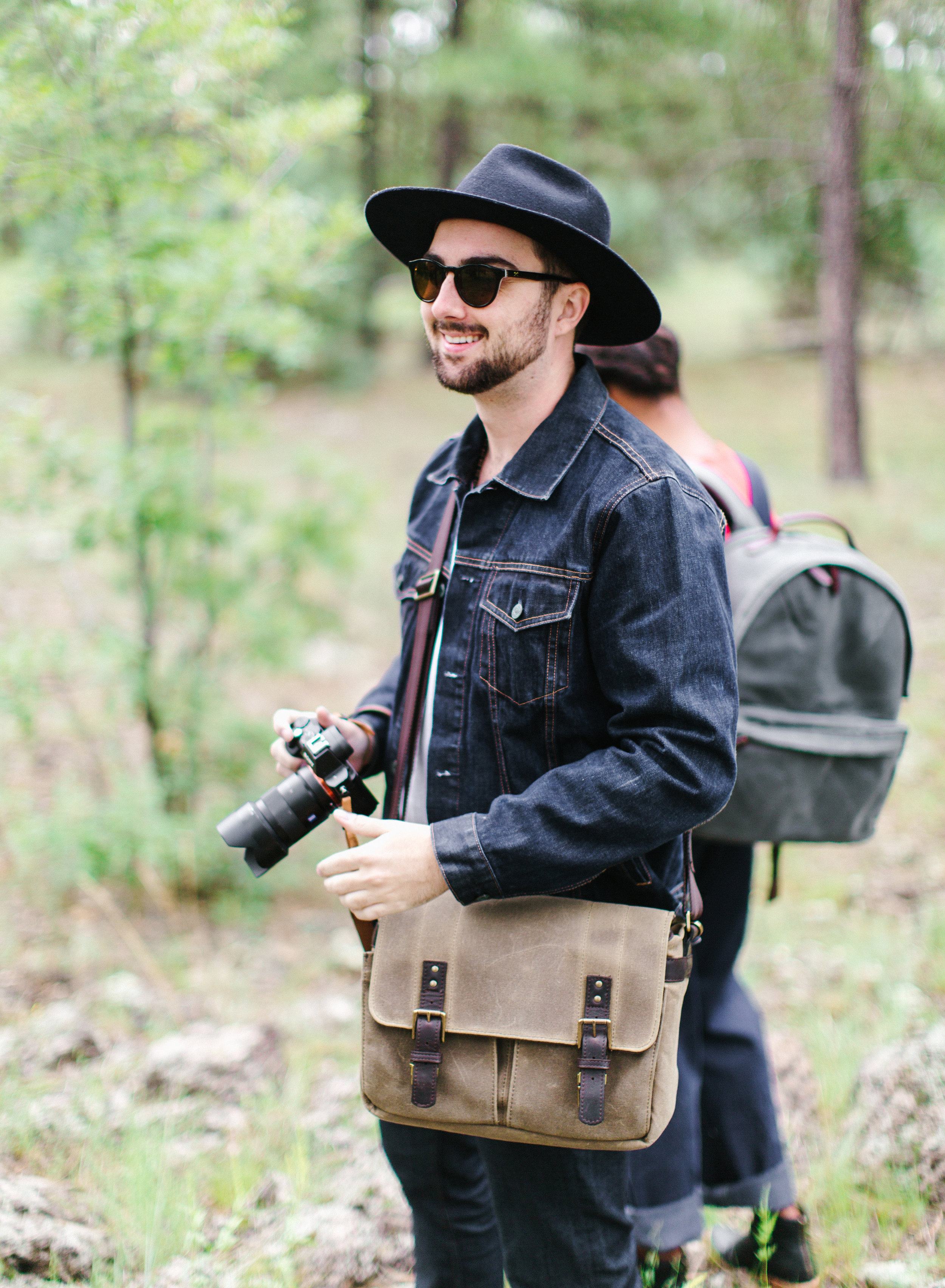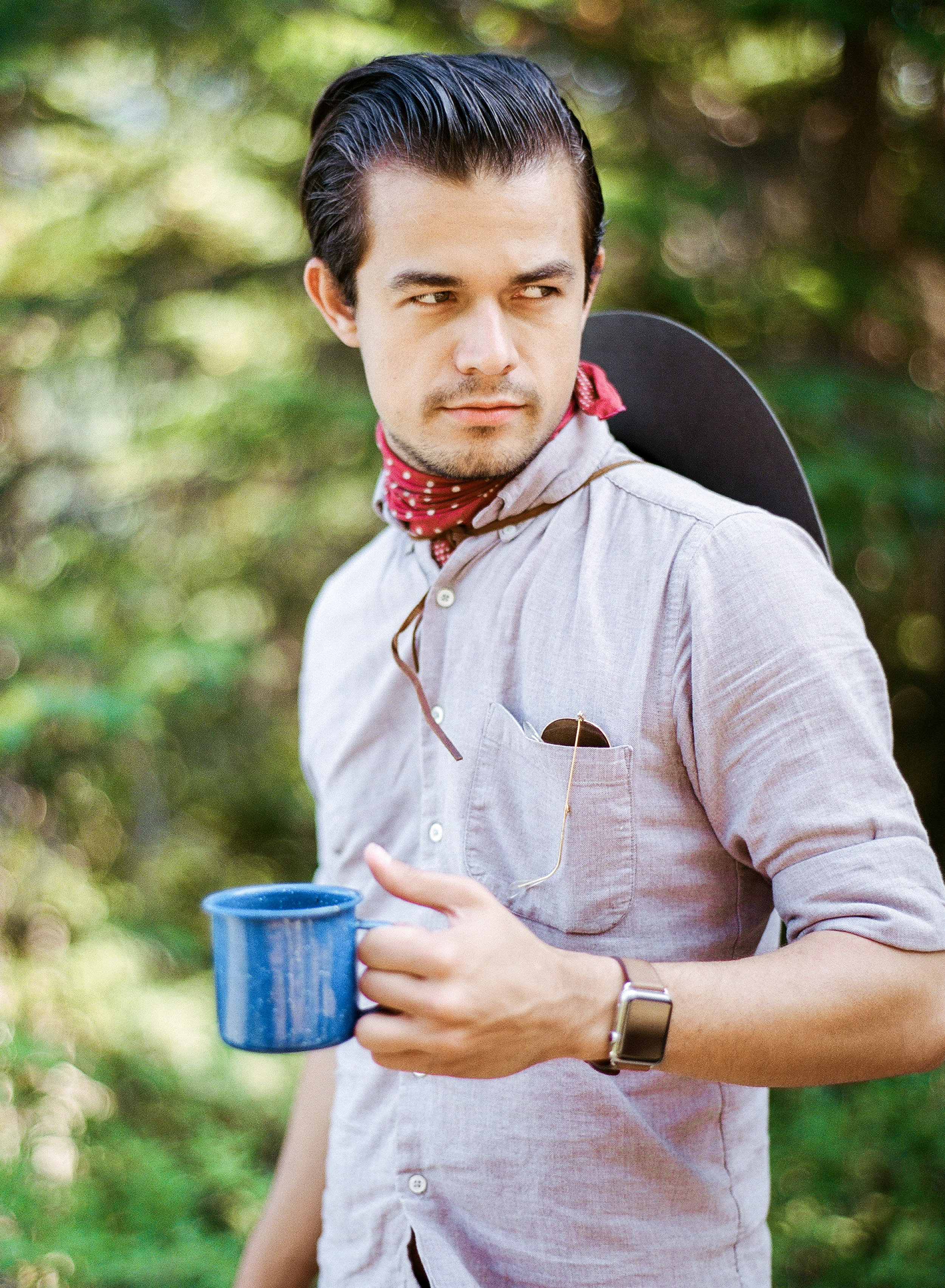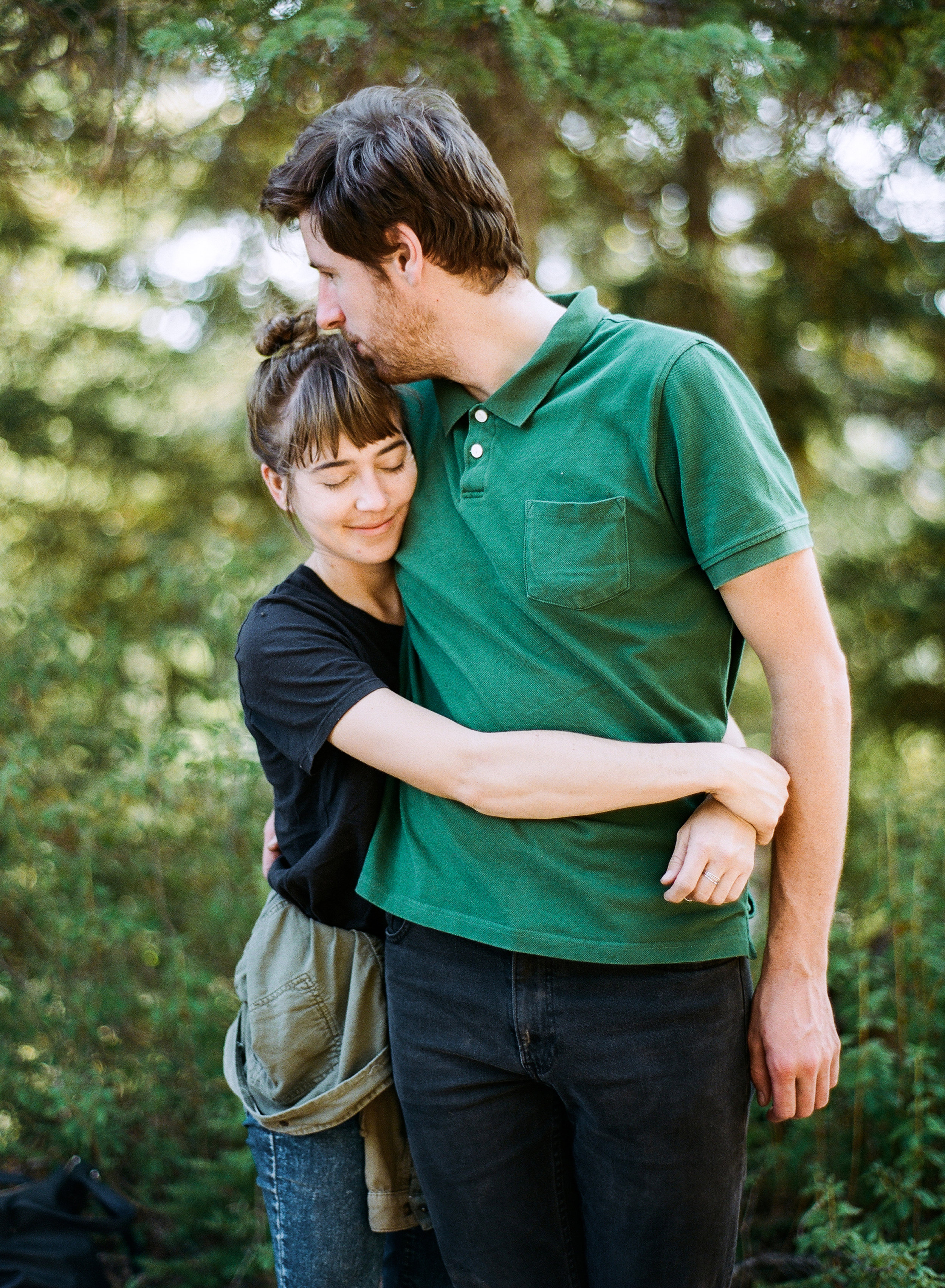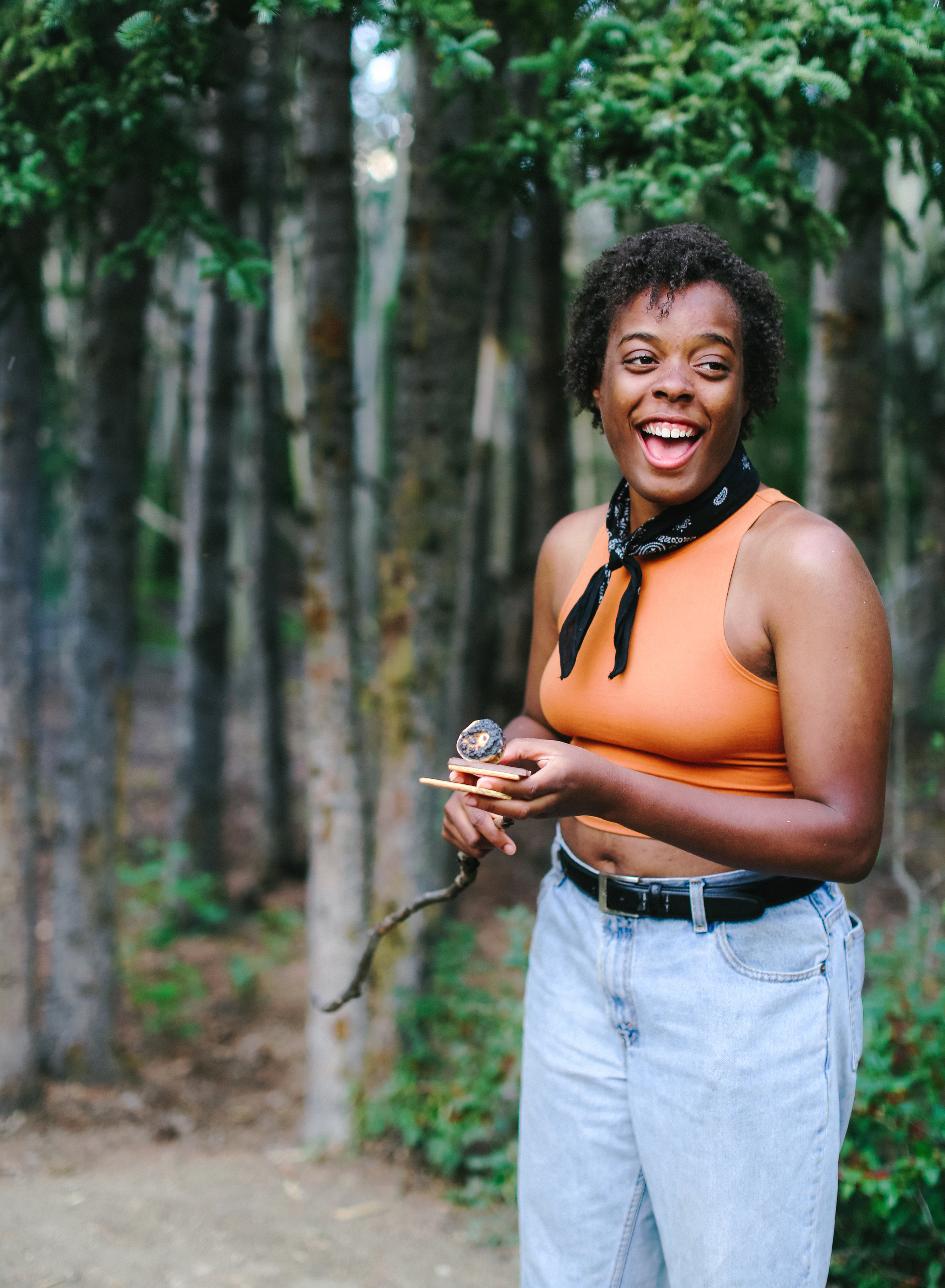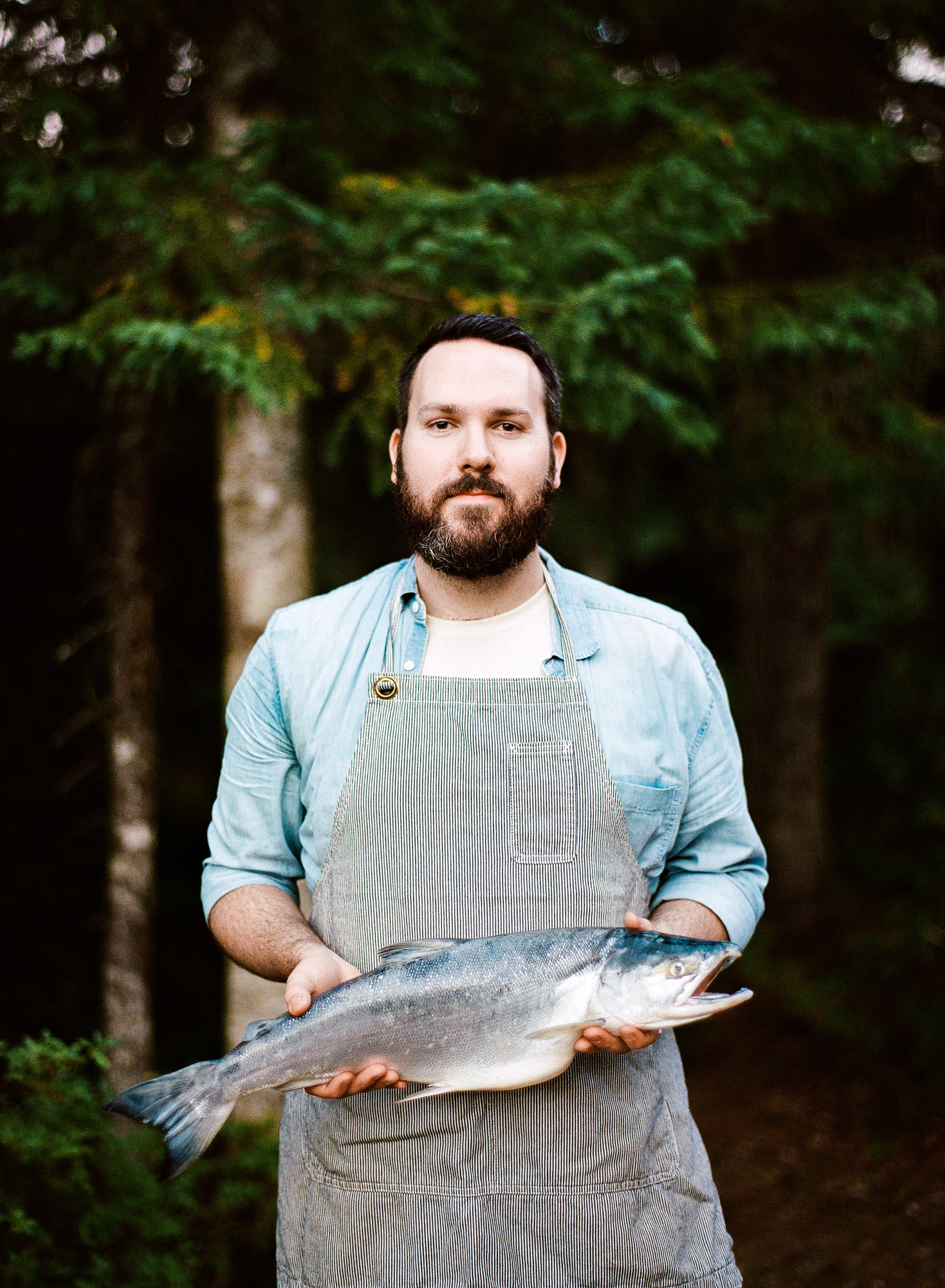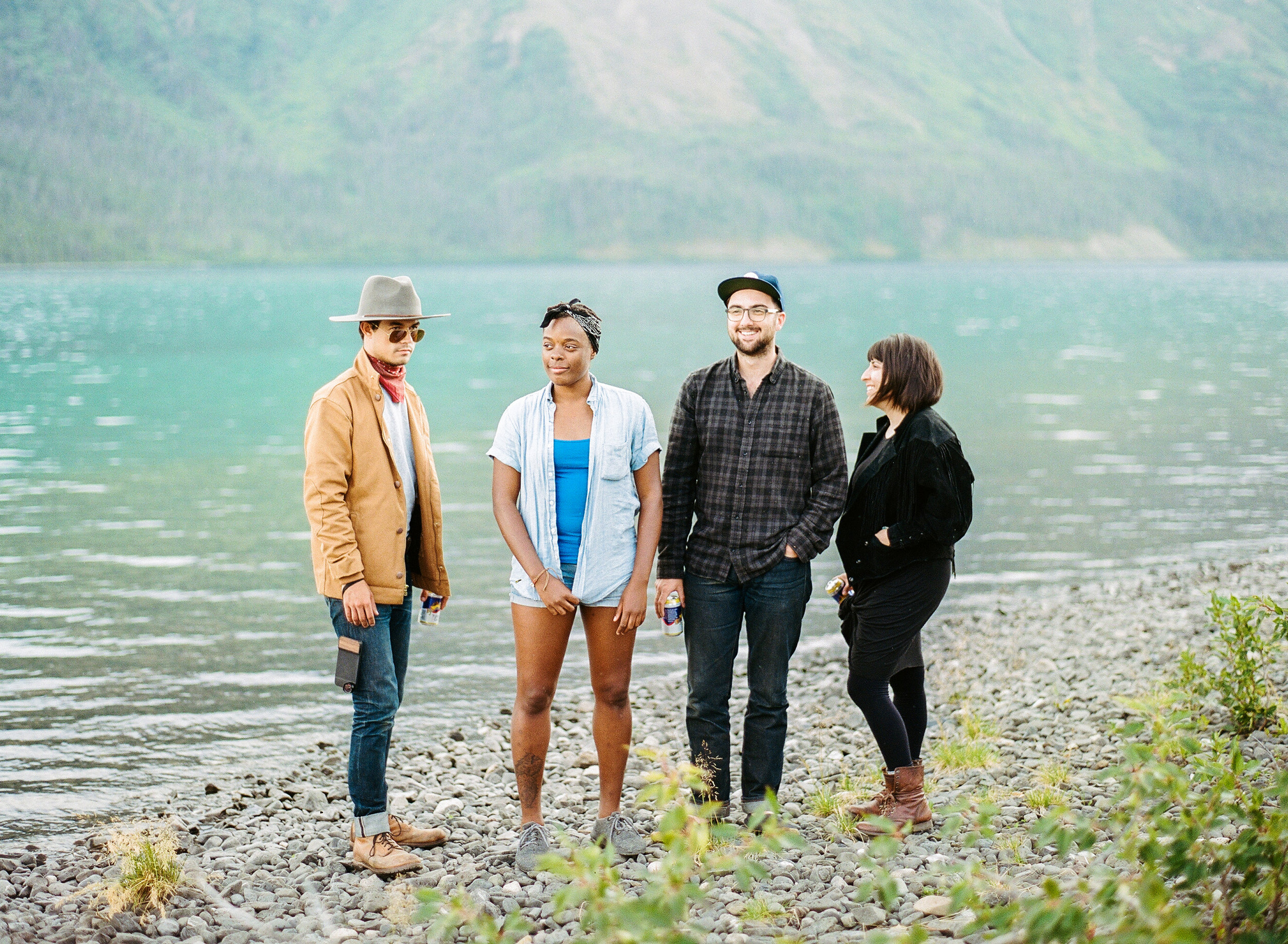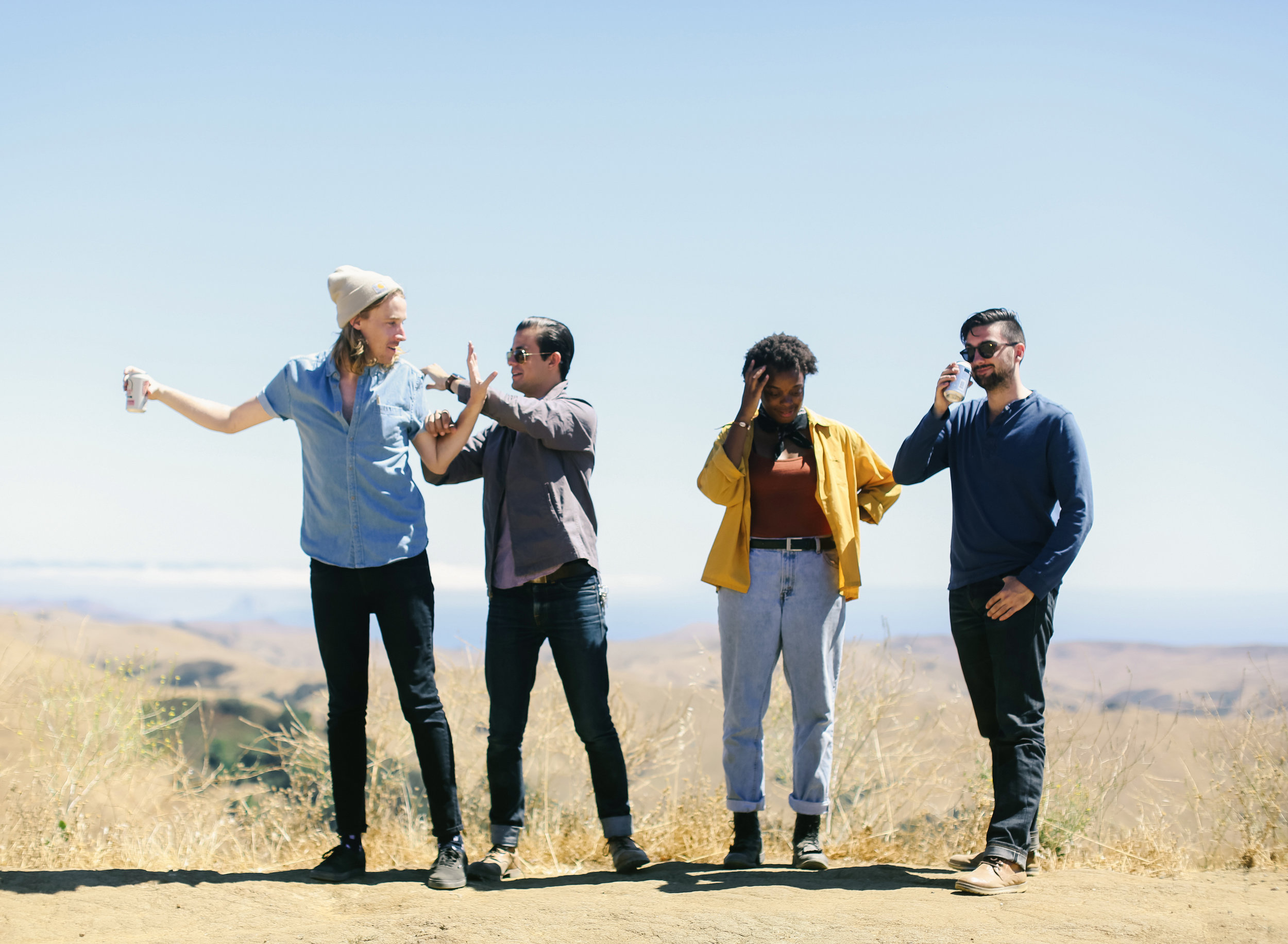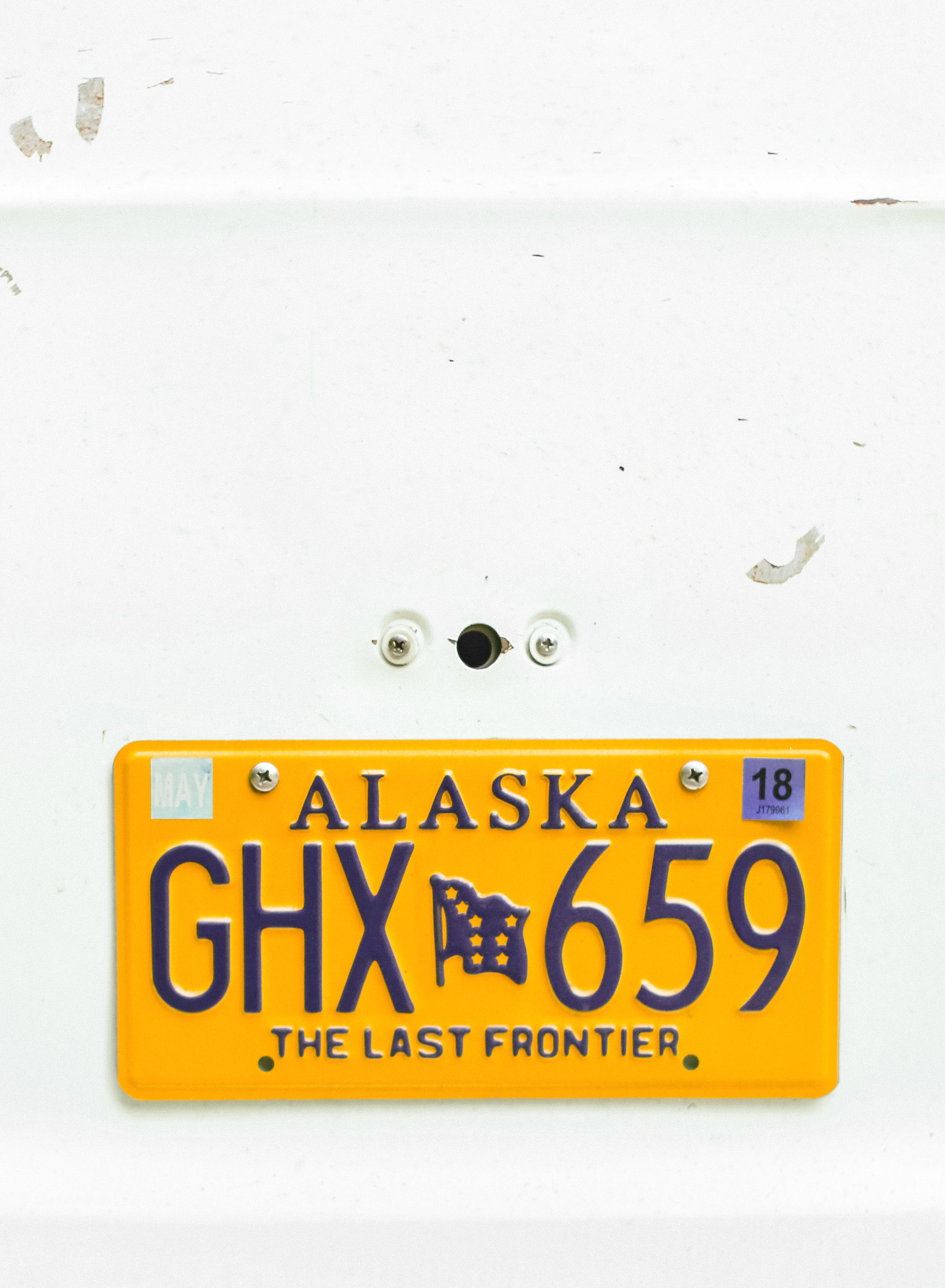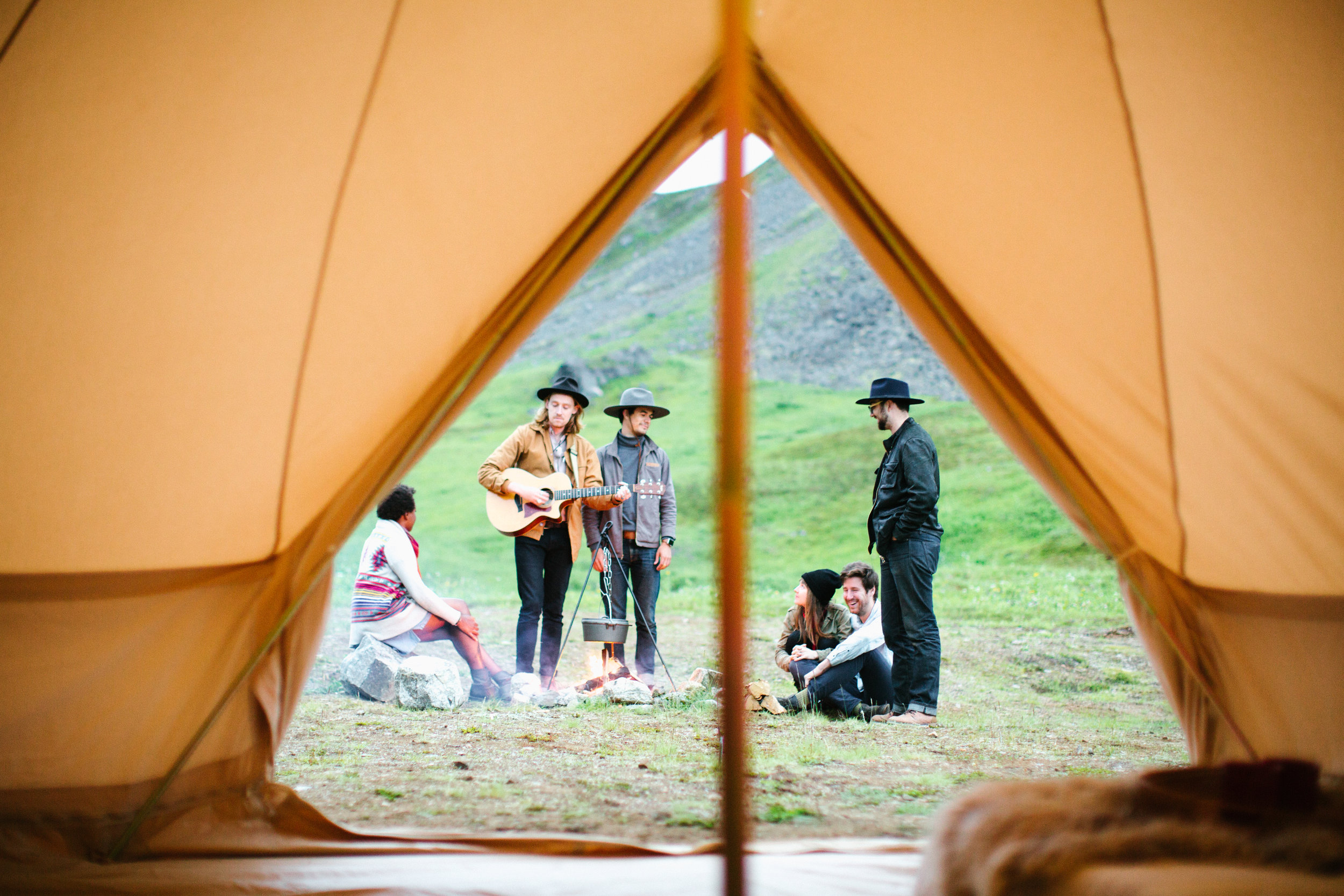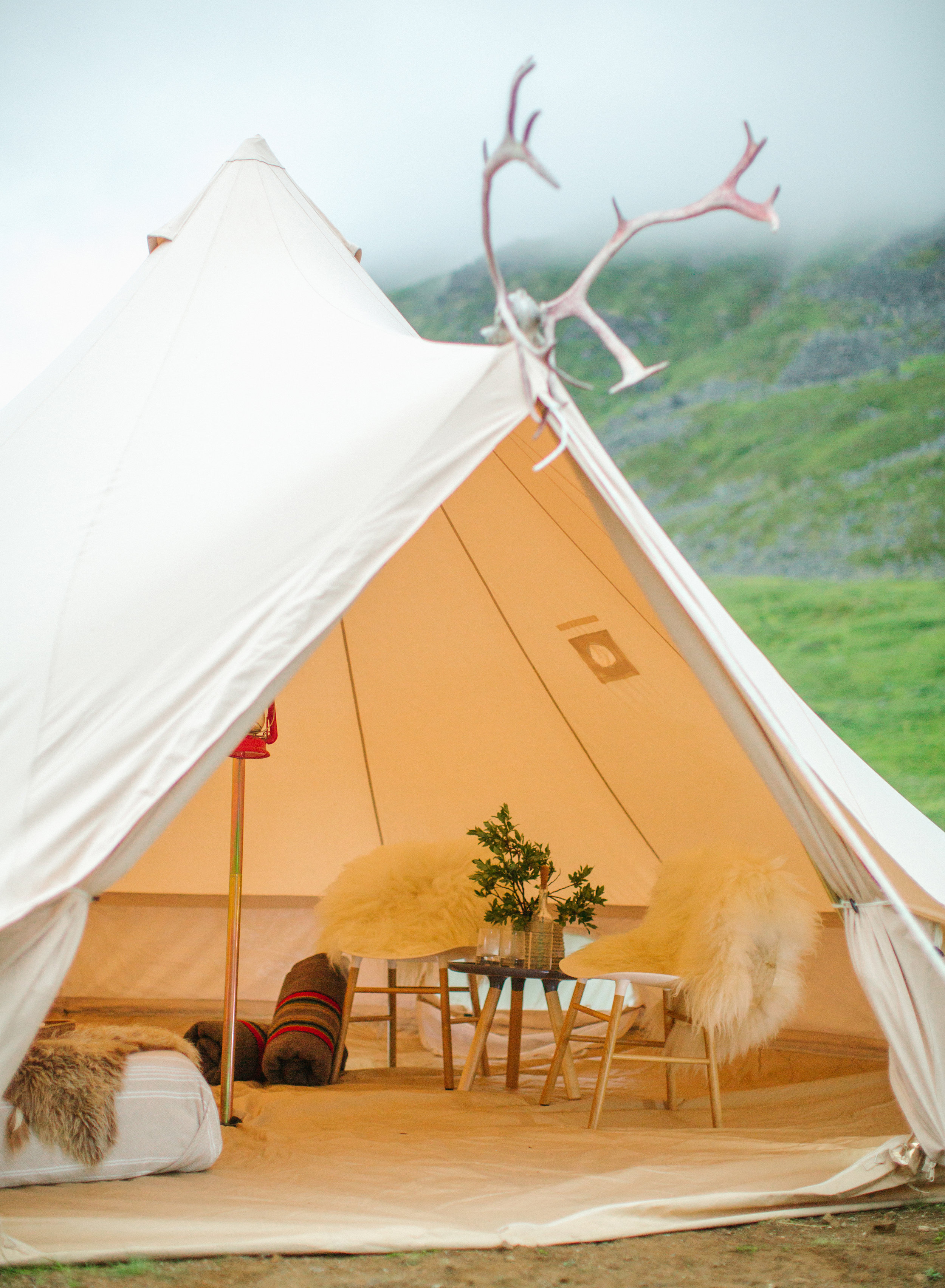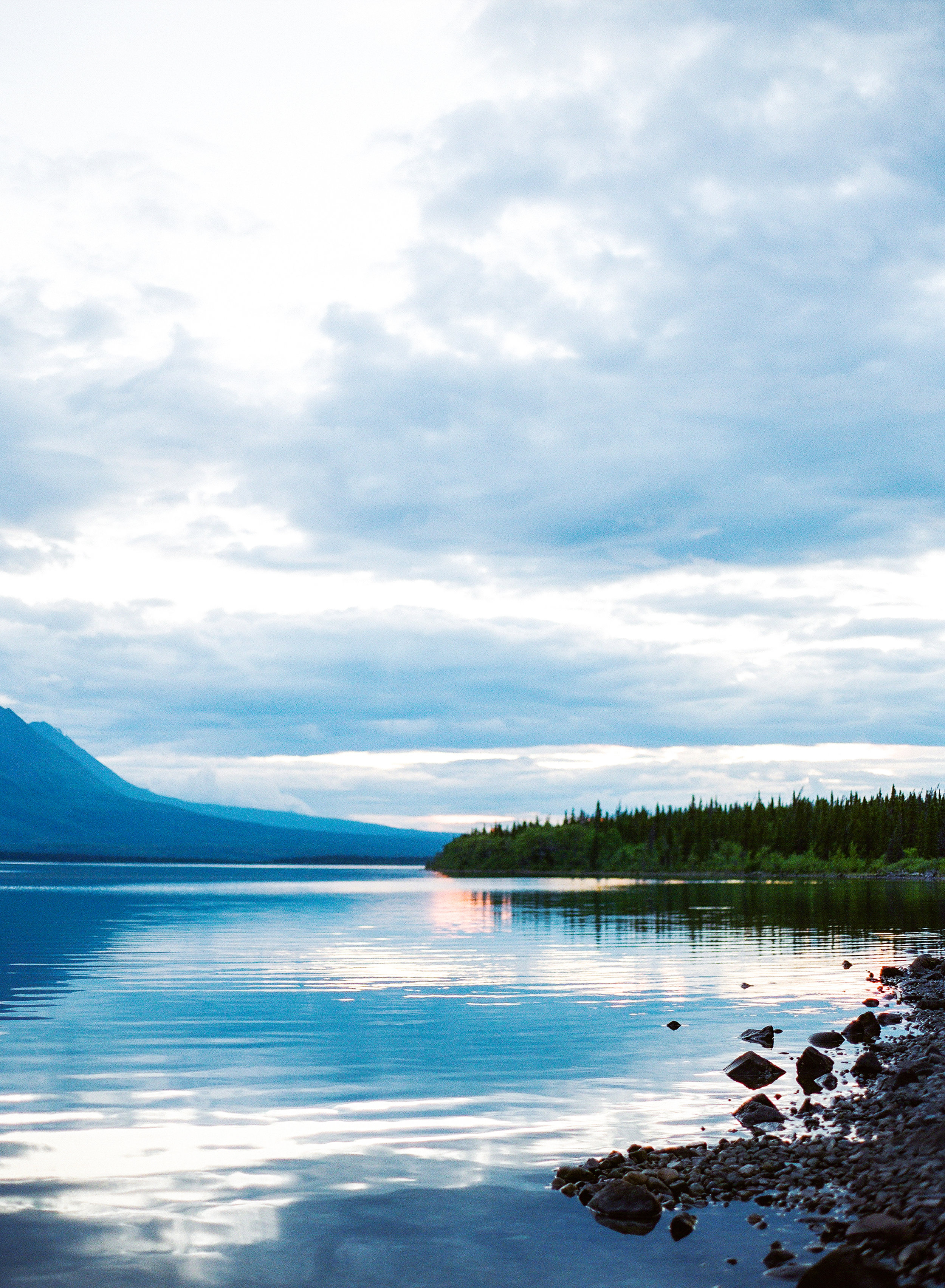By: Martha Passman | 2012
On a dusty shelf, in a tiny thrift store in North Georgia, sat an old gold plated glass liquor decanter.
As I traveled along my usual route through the shop, I spotted a decorative bottle resting among vintage glasses and candlesticks, $2.95! Of course I put it in my stash of finds without a second glance. I was already thinking about the next treasure to be found.
After a long day of picking, boxes and bags of newspaper wrapped items are usually deposited where ever space is found in my garage, until I can prepare them to be put in my shop.
Months later, while un-wrapping a couple of boxes of merchandise, I came across the decanter. I studied its shape and speckled remains of gold and I thought how pretty it would look on a book shelf or in a collection of vintage bar finds and bottles. As I sat there studying the bottle, I noticed a label for the first time, Kentucky Tavern – Personally Selected for Kenneth Gissonne; Rio Rita; 403 Bomb SQ 43 GRP.
I can’t describe the feeling that came over me! Was this a gift for a person who was part of a bomb squadron? What or who was Rio Rita? I immediately dropped everything I was doing and headed straight for my lap top!
The first thing I researched was 403 Bomb Squadron. Yes! There it was, the 403rd Bomb Squadron was an active unit of the United States Air Force from 1940 to 1946. Then later reactivated and then closed during 1961.
It was activated in 1940, during WWII, as a long range reconnaissance squadron that operated over the mid Atlantic states and later the Newfoundland Straits and the North Atlantic shipping lanes. In 1942, it was reassigned to Australia and flew from Australia and New Guinea and participated in the Battle of Bismarck Sea. The squadron also flew over China and Japan performing multitudes of bombing runs.
Now I was on to something! Next was Rio Rita! Initially, all I could find was information on a 1927 romantic comedy musical named Rio Rita, written by Florenz Ziegfield and a 1929 movie based on the same story. The story does involve spies and secret service so I assumedsince the movie was the most popular of its day, it must have been well known.
I finally came across copies of old newsletters that began in 1981. Known as the 43rd Bomb Group Assn. Inc. – these men remained connected via mailed newsletters and annual meetings! The 43rd Bomb Group, calledKEN’S MEN, consisted of four different squadrons of bombers, the 403rd being one of them!
I read through several newsletters, announcing member’s deaths, changes of addresses, comments and memories by different members, until, there it was, a small paragraph in the 32nd edition from August, 1989.
“Bryan A. Flatt, 403rd, a new member, says to tell Kenneth Gissonne, 403rd Navigator, he was on the Wewak Mission, 27, August, 1943, and had returned (to base) when Rio Rita came in for landing, shot up, no landing gear, etc. He will be at the reunion, so see him there to talk it over.”
Ah Ha! So the Rio Rita was a plane and Kenneth Gissonne was its Navigator! It sounded as if they had been through an air battle! I was excited to finally find something!
Then in an earlier newsletter, 31st edition, dated, May 1989 I read, “On 8/23/43, mission which turned out to be a little rough. Plane was Rio Rita, Crew: Pilot, George Putnam; Co-Pilot, John Taylor; Navigator, Kenneth Gissonne; Bombardier, Phil Wolf.” The newsletter goes on to list several crew members. It then states: “Damage, One KIA, three wounded, two engines shot out, nose wheel retracted, over 200 bullet holes.”
Thank goodness they were able to make it back to base! I could not imagine the horror of being shot at, losing engines, possibly being on fire and injured and dying crew members! I found three different mentions of the air battle and subsequent crash landing in the air field, but cannot confirm the actual date.
More research and several hours later I finally found a photo, there she was, the Rio Rita, a B24 Liberator Bomber!
After reading hours of newsletters, absorbing these veteran’s lives, I was overwhelmed with a sense of gratitude. Over 750 men were killed serving in the 43rdGroup. These men who were teenagers and 20 year olds, left their homes, traveled to Australia and then New Guinea of all places, experienced terrible Japanese bombing runs on the island, saw native families and villages destroyed, death and suffering not only of the locals but their brother airmen as well. They came home filled with memories they would never forget. They came home sharing a bond of experience, hardship, pride and patriotism!
Each newsletter included a section called Gone But Not Forgotten, listing the men who passed away since the previous newsletter, and there it was, Kenneth Gissonne passed away on March 20, 2005, as reported by his daughter. I found a mention of his birth on an archival website, October 16, 1920. He was 22 years old when he left for Australia and died at the age of 84. Kenneth Gissonne flew 35 missions with one pilot, Al Putnam, and then went on to also fly missions out of the 63rd Group as well.
I thought about my own grandfather, who fought during World War One in France and my father who fought during the Korean War in Korea, and wondered what hardships they encountered, what experiences and memories traveled home with them.
And yet, even now, during modern times, all the lives lost since 911, the sacrifices and struggles made by today’s military families, the men and women of our United States Armed Forces continue to protect our nation, our freedomsand our rights! They make the same sacrifices today as those made decades ago and as they travel around the globe, they carry the same unwavering sense of duty andpatriotism!
The gold Kentucky Tavern Bourbon bottle will stay with me. I have not been able to confirm when Mr. Gissonne received the gift. Pure conjecture on my part, but I would think it was a special gift presented to him as a 50thAnniversary of his veteran service from WWII, which would mean he received it sometime in the early 1990’s.
Over the years, I have purchased many things that included clippings or notes or dried flowers that instantly took me to another time. These vintage and antique items that we all love to collect have a story! They represent someone’s life, someone’s home, their taste in clothes or furniture or even liquor! Or they may go one step further, and teach a lesson about history, brotherhood and duty!
Next time you see a memento from the past, pay homage to it, you never know what you might learn! Past and present, I am forever humbled and grateful for the men and women of the United States Armed Forces! Thank You!

